Sudden die off in your landscape plants is usually blamed on a fungal disease attack. This is not always the case and if it is a fungus, the fungus is not usually the initial problem.
Saturated soil can cause physical deterioration at the base of plants such as this hibiscus. Once the base of the trunk begins to soften and rot, the fungal pathogen can easily infect the soft tissue. Usually the fungus is phytopthora, which is very active in wet soils. There is no effective chemical preventative for this problem. Proper planting in well drained soil is the best prevention but even then plants such as this hibiscus with its soft bark can succumb when the soil is saturated for prolonged periods of time.
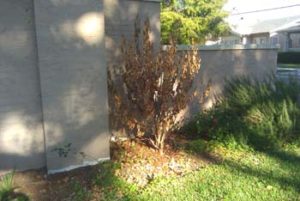
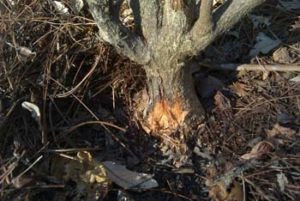
Rodents can also cause basal stem injury (as seen below) killing the plant by removing excessive amounts of cambium effectively girdling the stem and causing plant dieback. Depending upon the severity of the damage these plants usually do not recover.
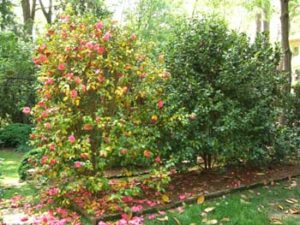
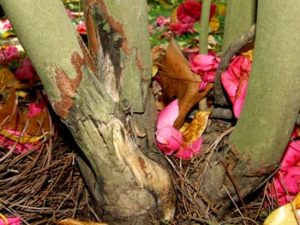
Since the rodent gnawing opens bark, it can allow pathogens to infect further weakening the plant. In the photo below, crown gall has infected the stem where it was damaged by chewing.
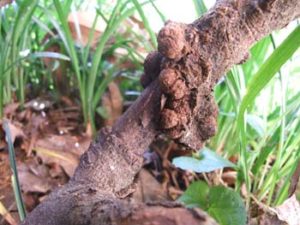
Control of the rodents is the only preventative measure.
« Back to Glossary Index
